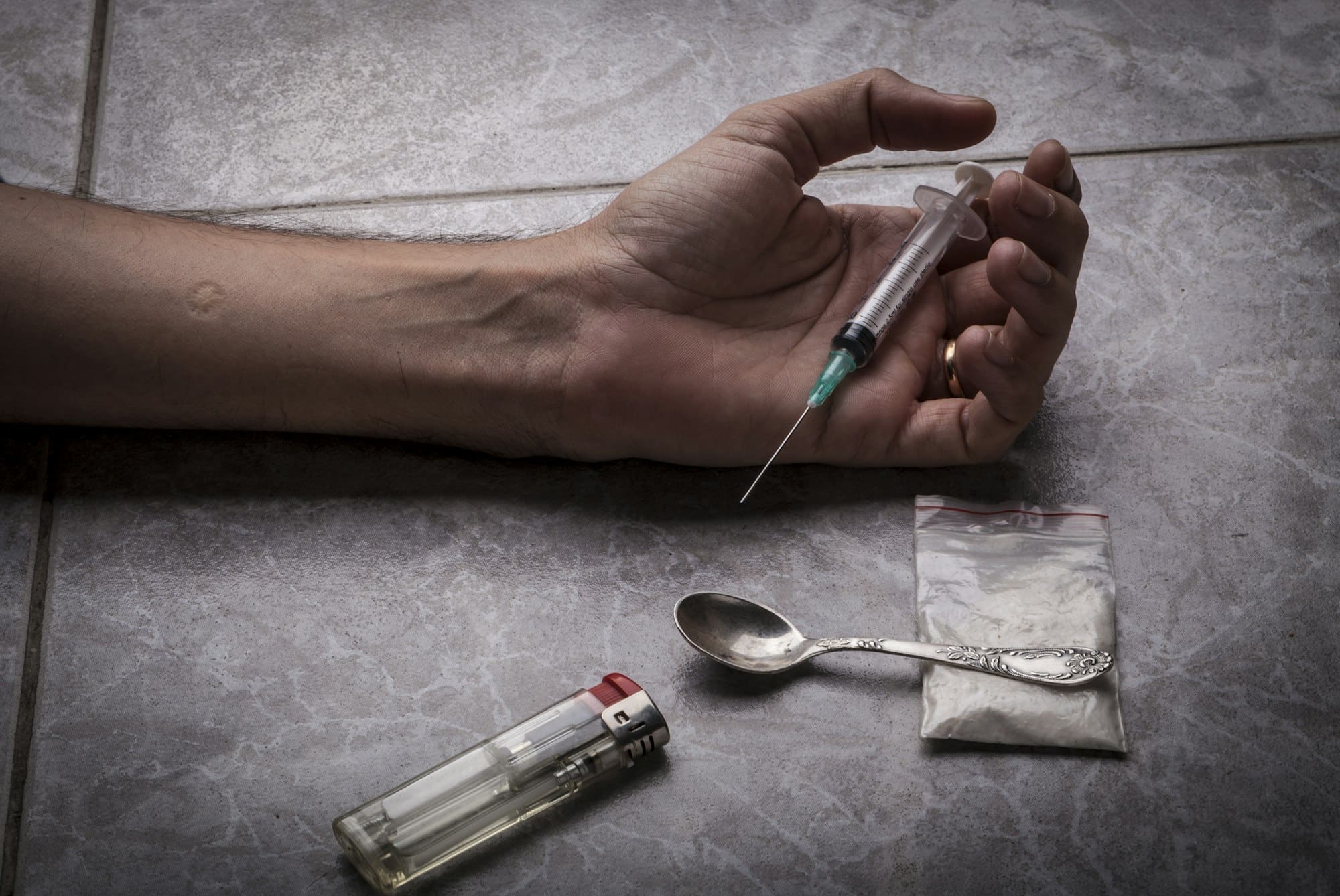Under-12s suspected of being part of criminal groups are often used as couriers for drugs or money, but there are also others who are dedicated to robbing young people of the same age, according to the PSP.
The final report of the commission that analyzed juvenile delinquency, released recently, states that in the first 10 months of last year the police identified 64 children under the age of 12 suspected of being part of criminal groups, a number that has been rising since 2019.
According to the Commission for the Integrated Analysis of Juvenile Delinquency and Violent Crime, up until October last year the GNR identified 55 children under the age of 12 suspected of being involved in criminal groups, while the number of children between the ages of 6 and 11 identified by the PSP in the same period was nine.
Speaking to Lusa about these figures, Hugo Guinote, head of the Public Prevention and Proximity division of the Public Security Police, said that these children can be involved in various types of groups: “If we’re talking about a group that is involved in drug trafficking, they often take on the role of transporting small amounts of drugs or money”.
Hugo Guinote, who was part of the commission set up by the previous government to analyze juvenile delinquency, said that there are also children under 12 who commit other crimes, namely robberies and thefts, especially “from other children of more or less the same age”, which is “worrying the police a lot”.
“Here we are no longer talking about the same type of criminal organization [as drug trafficking]. We’re talking about group crime, which isn’t exactly a group with an organizational character. These kids end up being in a group committing some crimes, but they’re not a very large group,” he said.
The PSP officer also pointed out that some of the young people referred by the police and who carry out acts classified as crimes have bladed weapons.
“These children are all in a situation of danger,” he said, noting that the PSP “immediately communicates the situation” to the family and minors court, which can decide to take custody away from the parents and place them in social support institutions for children, which are mostly part of the network of the National Commission for the Promotion of the Rights and Protection of Children and Young People (CNPDPCJ).
Hugo Guinote explained that, as these are children under the age of 12, the courts don’t send them to reception centers.
“Children under the age of 12 are always considered victims and that’s why the protection network’s responses are triggered,” he stressed, explaining that “fortunately, children under the age of 12 involved in crimes are rare situations”.
According to the PSP officer, these children generally live with their families and go to school.
“Often, these children are not looked after by their parents (…). Parents work long hours during the day, they’re away from home and these children end up, when they leave school, not having anyone to look after them in the household, either they’re left to other relatives or they’re left to fend for themselves,” she said.
Contacted by Lusa, the CNPDPCJ declined to provide data on the children flagged by the child and youth protection commissions (CPCJ), justifying it with “reasons of reserve and confidentiality”.
“The Commissions for the Protection of Children and Young People work on their promotion and protection processes individually and using all the community resources and conditions necessary for this purpose. The implementation of the Local Children’s Rights Plans, and coordinated intervention with the entities with responsibility for children and young people. The more attentive and dynamic the community is, the fewer situations of possible juvenile delinquency will arise,” says the commission.
The latest report available from this entity, referring to 2022, indicates that the CPCJ acted in at least 20 cases that year in which children under the age of 12 committed “facts qualified by criminal law as a crime”.
The report by the commission that analyzed delinquency among young people also indicates that the figures for juvenile delinquency in 2023 were the highest since 2015, while group crime had not been this high since 2013.
Hugo Guinote said that the majority of young offenders are between 12 and 16 years old, mainly commit crimes of theft and physical harm and use weapons, mostly white.
As he described it, juvenile delinquency is mostly in the metropolitan areas of Lisbon and Porto, with some situations in Setúbal and Faro.
“They’re all of school age and often go to school. They don’t stop going to school, but when they’re out of school, they end up indulging in marginal activities and committing crimes. These are mainly crimes against property, but then, using violence, they end up turning into crimes against physical integrity in which they steal to get money or items that people have in their possession, such as cell phones and clothes,” he explained.
To combat this phenomenon, the PSP has been organizing various awareness-raising activities in schools and “the results have been very positive” with a significant reduction in the number of incidents involving weapons in schools.
However, he stressed, many of the crimes take place outside the school grounds, and the police are now focusing their efforts on enforcement actions at nightclubs and in places where these young people can gather and where there is a greater potential for conflict.









